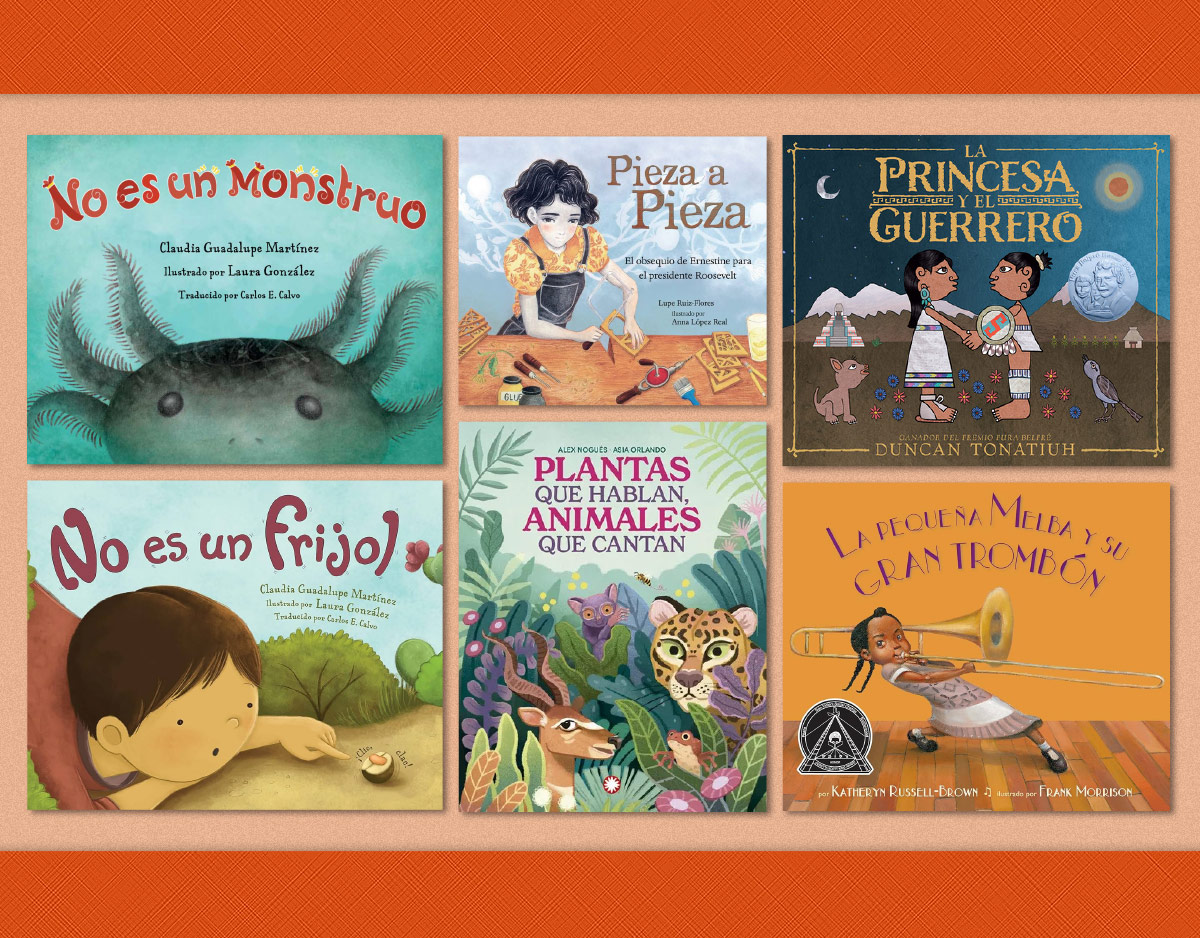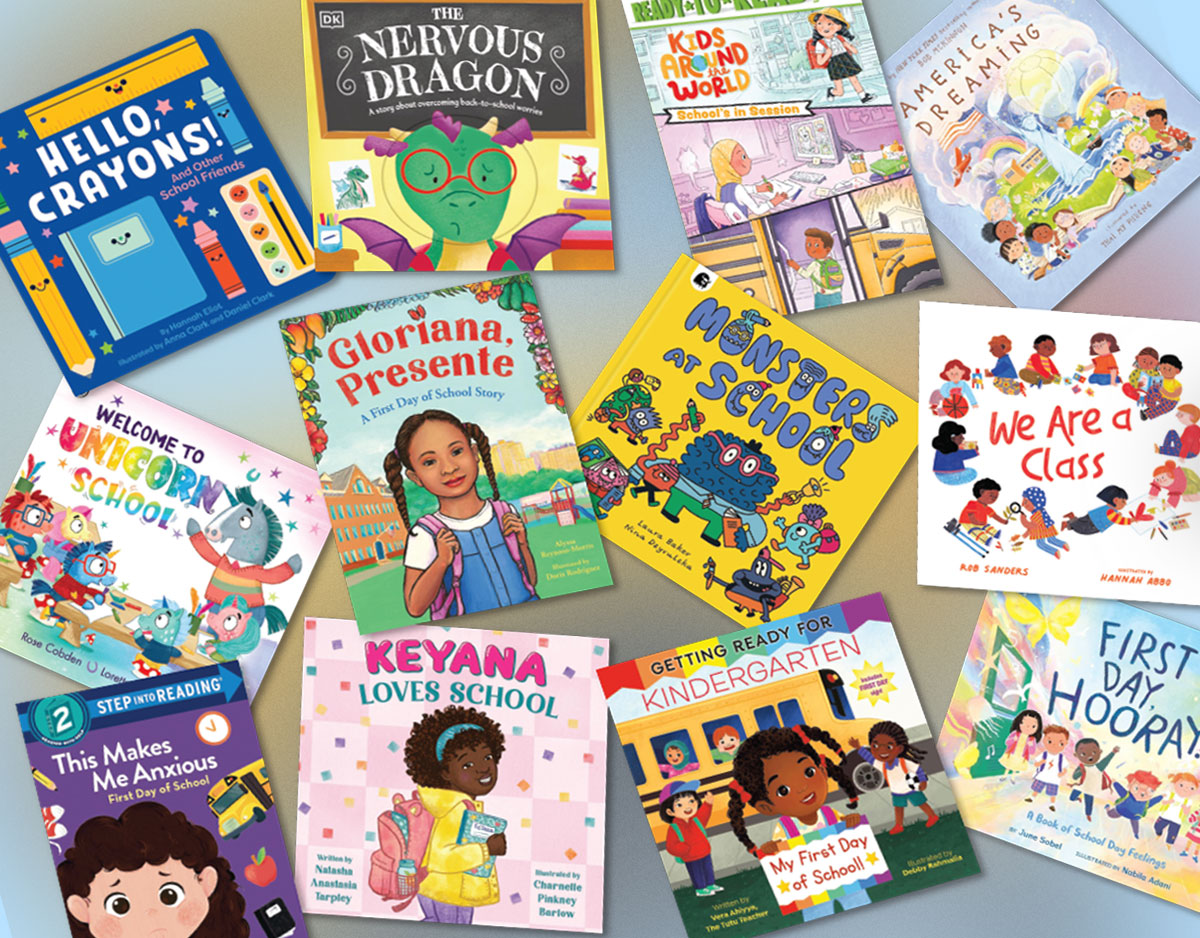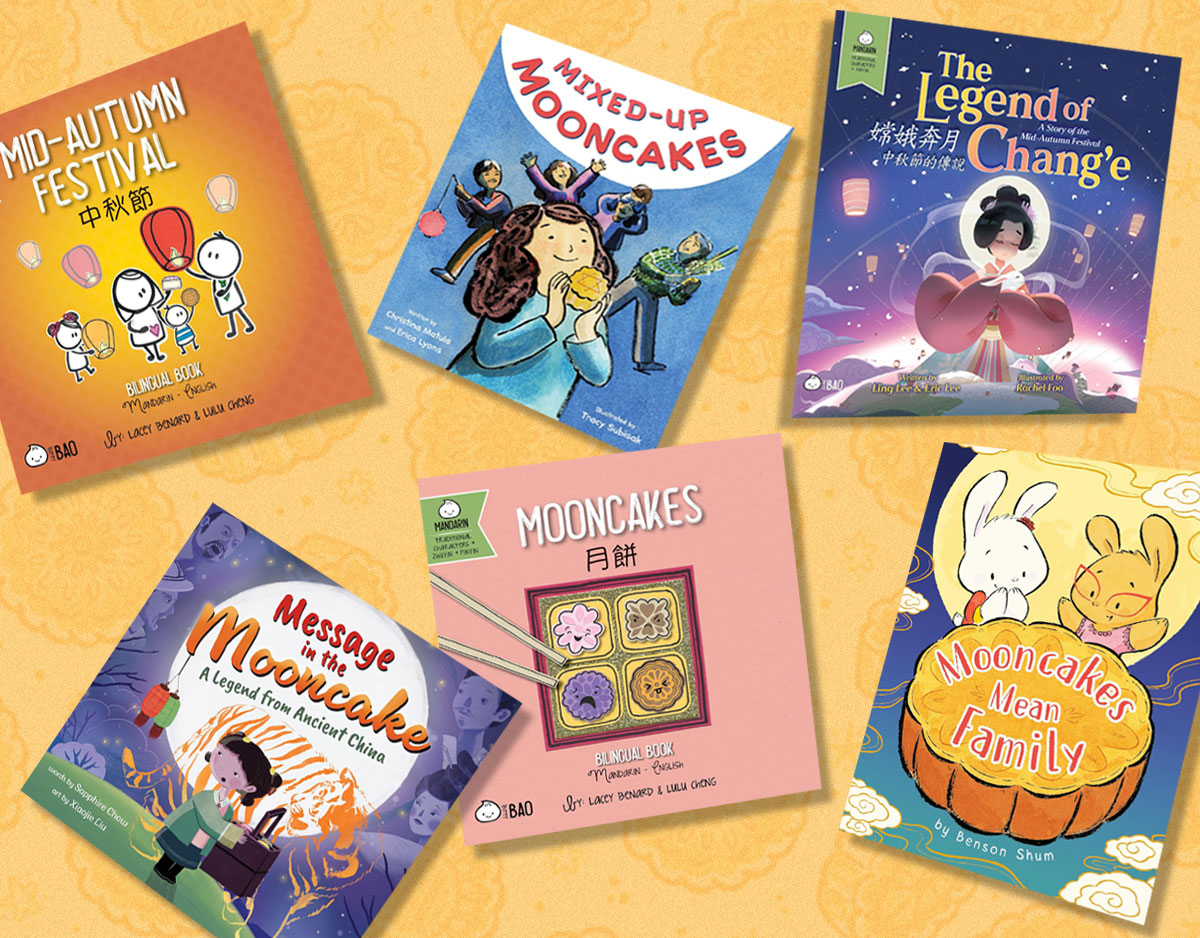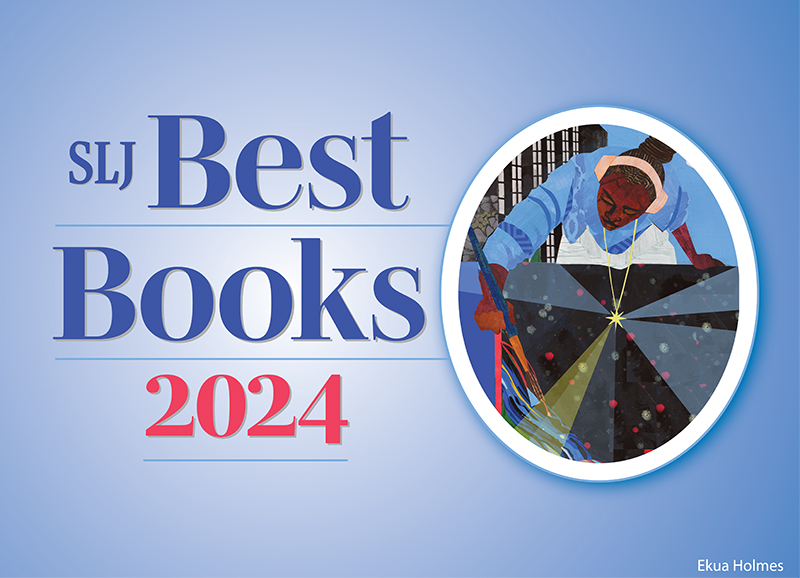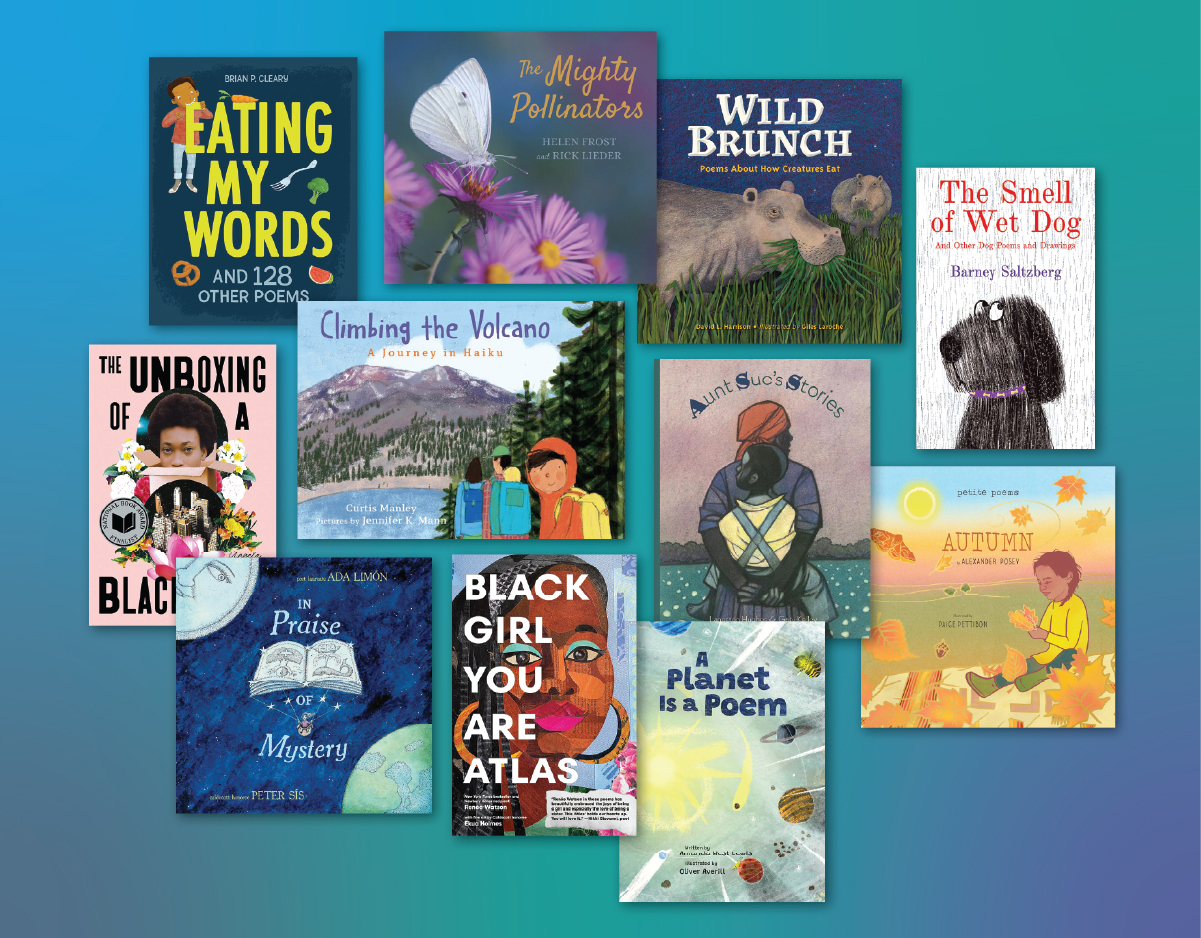Teaching Ideas for a Democracy Under Assault

January, 1993
To love a country as if you’ve lost one: as if
it were you on a plane departing from America
forever, clouds closing like curtains on your country,
the last scene in which you’re a madman scribbling
the names of your favorite flowers, trees, and birds
you’d never see again, your address and phone number
you’d never use again, the color of your father’s eyes,
your mother’s hair, terrified you could forget these.
To love a country as if I was my mother last spring
hobbling, insisting I help her climb all the way up
to the U.S. Capitol, as if she were here before you today
instead of me, explaining her tears, cheeks pink
as the cherry blossoms coloring the air that day when
she stopped, turned to me, and said: You know, mijo,
it isn’t where you’re born that matters, it’s where
you choose to die—that’s your country.
- Excerpted from “Mother Country,” by Richard Blanco
People around the world watched in disbelief on Wednesday as domestic terrorists, incited by our president and other elected officials, stormed the U.S. Capitol to stop the certification of the electoral votes from the 2020 Presidential Election and do physical harm to our elected officials and their staff. Across the United States, we continue to process our collective grief, anger, and fear.
Teachers and school librarians, you already had too much on your plate. Tasked with supporting students’ emotional and physical needs as well as their intellectual development, you adjust, readjust, and readjust again to different schedules, learning platforms, and the various expectations that accompany fully online, hybrid, and fully in-person teaching during the COVID-19 global pandemic. You are also teaching within the rising tide of white supremacy and domestic terrorism, and the ongoing systemic racism within which we have operated since the very origins of the white settler colonial occupation of North America.
ADVERTISEMENT
ADVERTISEMENT
Where do we go from here?

John Plumbe
Half Plate Daguerreotype
Library of Congress
In a January 10th op-ed in The New York Times, Charlayne Hunter-Gault, who integrated the University of Georgia on January 9, 1961, wrote: “The duty to remember our country’s history belongs to all of us.” Hunter-Gault acknowledges and celebrates that her education was the result of many layers of community activists working together for change. Once at UGA, a professor taught her that “[w]e learn from history that we do not learn from history.” Why can’t we learn from the past? Are we doomed to repeat ourselves? After a long career in journalism, Hunter-Gault still believes that while “history echoes itself,” we can do something about it, concluding with this question and this call to action: “What can we all do to keep working toward a more perfect union?”
What can educators do? We can offer young people an opportunity to better understand and make sense of this moment through information. Nonfiction books for young people offer us gripping accounts of the past and present in language that engages young people’s hearts and minds. Nonfiction books for young people provide a “container” of information vetted and researched, with evidence documented in bibliographies and chapter notes, acknowledgements and author’s notes. Nonfiction books for young people personalize and problematize history. Nonfiction books for young people can be juxtaposed in the classroom so that students can hear a range of perspectives and make sense across texts. Nonfiction books for young people can model inquiry and informational literacy, while also providing essential information about our past, our present, and the government structures within which we operate.
Below, you will find paired texts to support middle grade inquiry. We’ve provided links to which books are available on EPIC and Overdrive/Libby, to help you find digital copies for classroom use, given the constraints of the COVID-19 pandemic. We also provide links to previous blog entries if we’ve blogged about these books.
We recognize this is merely a starting point.
Teaching Ideas and Invitations
Towards a More Complex Understanding of U.S. History
If your ELA or social studies curriculum includes a required textbook, the chronology of U.S. history presented in the textbook may be through to a colonial lens, and thus limit students’ full understanding of the ways in which the structural racism codified in laws, treaties, and policies has shaped our history. Both Stamped: Racism, Anti-Racism, and You written by Jason Reynolds and Ibram X. Kendi and An Indigeneous People’s History of the United States Young People’s Edition written by Rosanne Dunbar-Ortiz and adapted by Jeanne Mendoza and Debbie Reese, provide those perspectives. By bringing both of these texts into your classroom concurrently, you offer students a deeper understanding of the complexities of United States history. Students can apply this more complex understanding of U.S. history to the political and cultural tensions of the present. Don’t feel pressure to have students read the whole book-selected chapters can be used strategically.
Towards an Understanding of Why People Join Hate Groups and Terrorist Organizations
ADVERTISEMENT
ADVERTISEMENT
Author Susan Campbell Bartoletti, a former middle grade ELA teacher, wrote two books over a decade ago that illuminate some of the reasons why some people align themselves with hate groups and terrorist organizations. After examining the 19th century origins of the KKK in the United States, and the early 20th century origins of Hitler Youth in Germany, students can apply their new understandings to better understand – and work towards preventing – the increase in contemporary domestic terrorism here in the U.S. Don’t feel pressure to have students read the whole book-selected chapters can be used strategically.
Towards an Understanding of Our Constitutional Democracy
Before, during, and after the November 2020 election, various truths and mistruths were shared by media and elected officials. For resources to support your students media literacy, we recommend The News Literacy Project. For a deeper understanding of our Constitution and some of the contemporary challenges our democracy faces, students can explore the 2020 graphic edition or the 2019 revised edition of Cynthia and Stamford Levinsons’ Fault Lines in the Constitution: The Framers, Their Fights, and The Flaws That Affect Us Today and Elizabeth Rusch’s You Call This Democracy? How to Fix Our Government and Deliver Power to the People. One way to use these books in small groups with students is to ask students to list the problems that they see in our democracy. In small groups, they can mine the chapters of each of these books to better understand these problems and work towards concrete solutions in your community. We also have many teaching ideas for each book in our original Classroom Bookshelf entries. Don’t feel pressure to have students read the whole book-selected chapters can be used strategically.

On Overdrive/Libby – graphic format
On EPIC
Teaching Ideas from The Classroom Bookshelf, 2018
Towards Preventing Domestic Terrorism

Publisher’s Page
Betsy Bird’s Fuse 8 Blog Interview with Carole Boston Weatherford and Floyd Cooper
As last week’s attack on the Capitol unfolded, it appeared to be an act of mob violence, incited by fiery rhetoric. But information is currently unfolding that suggests it was a planned and organized assault. Two nonfiction picture books, All of a Sudden and Forever: Help and Healing After the Oklahoma City Bombing written by Chris Barton and illustrated by Nicole Xu, and Unspeakable: The Tulsa Race Massacre written by Carole Boston Weatherford and illustrated by Floyd Cooper, examine two 20th century acts of domestic terrorism. While Weatherford’s book presents an exploration of the event, Barton’s book focuses readers on the path towards healing. Students can explore each book and compare and contrast the similarities and differences between the two events, and consider the ways in which we can try to stem the tide of hate, heal the nation, and prevent future violence.
Towards an Understanding of the Symbolism of the U.S. Capitol Building
For over two hundred years, the U.S. Capitol Building has been a symbol of the peaceful transfer of power. What are its origins? When was it built? Who are the people who worked on the building? In what ways does the Capitol Building represent freedom and reveal the barriers to freedom concurrently? Two books offer a starting point: Heart and Soul: The Story of American and African Americans written and illustrated by Kadir Nelson and Capital Days: Michael Shiner’s Journal and the Growth of Our Nation’s Capital by Tonya Bolden. It makes sense to start with chapter one of Heart and Soul, which brings the reader into the Capitol Rotunda, an exploration of its murals, and who is included and excluded. From there, your students can explore the first few chapters of Capital Days. Michael Shiner, an enslaved African American whose journal informs the book, remembered the 1814 British invasion of Washington during his childhood – the last time the Capitol building was under assault. Bolden brings to life pre-Civil War Washington, D.C. and the rebuilding of the Capitol by enslaved and free African Americans. Don’t feel pressure to have students read the whole book-selected chapters can be used strategically.
Further Explorations
Above the Rim: Peaceful Activism for a New Year
Resources On How to Talk with Students About the Domestic Terrorist Attack on the Capitol
Stories About Teachers and Students Responding the Domestic Terrorist Attack on the Capitol

Filed under: Classroom & Curricular Ideas, Nonfiction
About Mary Ann Cappiello
Mary Ann is a professor of language and literacy at Lesley University. A former public school language arts and humanities teacher, she is a passionate advocate for and commentator on children’s books. Mary Ann is the co-author of Teaching with Text Sets (2013) and Teaching to Complexity (2015) and Text Sets in Action: Pathways Through Content Area Literacy (Stenhouse, 2021). She has been a guest on public radio and a consultant to public television. From 2015-2018, Mary Ann was a member of the National Council of Teachers of English's Orbis Pictus Award for Outstanding Nonfiction (K-8) Committee, serving two years as chair.
ADVERTISEMENT
ADVERTISEMENT
SLJ Blog Network
Top 10 Posts of 2024: #6
31 Days, 31 Lists: 2024 Blueberry Award Contenders (Celebrating A Love of Nature and the Environment)
The Sweetness Between Us | Review
The Seven Bills That Will Safeguard the Future of School Librarianship
Post-It Note Reviews:
ADVERTISEMENT











